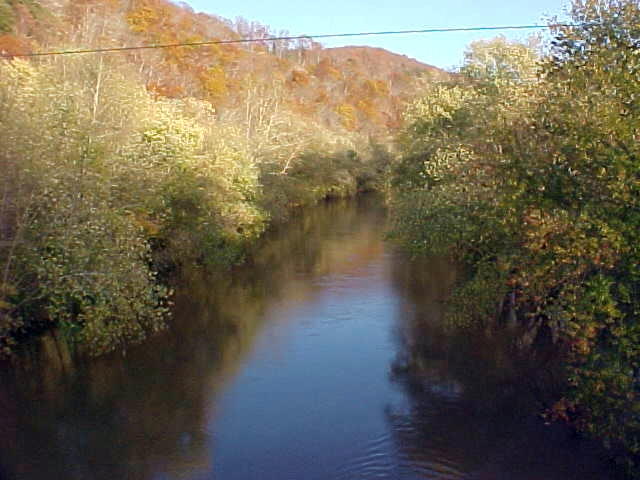LITTLE KANAWHA RIVER TARGETED FOR CLEAN-UP - Study Of Watershed Will Identify Problems

The watershed is currently being assessed, and plans for improvements of water quality must be implemented within 15 years, according to John Wirtz, manager of the DEP watershed assessment section.
A target date of 2007 has been set for commencing the clean-up, or the making of new rules.
Some farmers and farming organizations in the watershed have expressed concern over new DEP rules which would affect many of their marginal operations.
The Little Kanawha has problems related to mine drainage and fecal coliform from animals and human, according to the agencies assessment.
DEP has said the big problem is muddy water.
Muddy water which quickly appears after nearly every rainfall allows harmful amounts of metals to attach themselves to the mud particles, and lower the standards for healthy water.
DEP claimed in earlier public hearings that the Little Kanawha is a "muddy stream" that often stays muddy for days after a rainfall.
The measurement that quantifies the river as a healthy stream is linked to a marker called Total Maximum Daily Load.
Studies are apparently calling for a reduction of soil that is entering the streams when it rains.
Some of the streams have also been assessed on their biological status, or the kinds and numbers of aquatic life that have been violated. Some sections of the Little Kanawha basin does not support "normal aquatic life."
The agency has indicated the soil run-off problems are likely coming from oil and gas roads and logging operations, although some farming practices could be contributing to some of the problem.
Regional farmers have objected to rules and standards which could induce financial hardships and affect their farming operations.
The initiative comes under the Clean Water Act.
The study on the Little Kanawha River and its tributaries indicate certain streams which present specific problems:
Little Kanawha River (181 miles) fecal coliform
Duck Creek (3.7 miles+) aluminum, iron, manganese, CNA biological, mostly from mine drainage
Duskcamp Run (3.5 miles+) aluminum, iron, manganese, CNA biological, mostly from mine drainage
Ellis Creek (3.5 miles) pH problems
Getout Run (2.5 miles) pH problems
Hughes River (13.8 miles) fecal coliform
Indian Creek (7.5 miles) CNA biological
Left Fork/Right Fork (7.1 miles) ph problems
Left Fork/Steer Creek (24.5 miles) CNA biological
Lynch Run (2.4 miles) Aluminum, Iron, Maganese from mine drainage
Right Fork of Little Kanawha (14.1) Ph problems